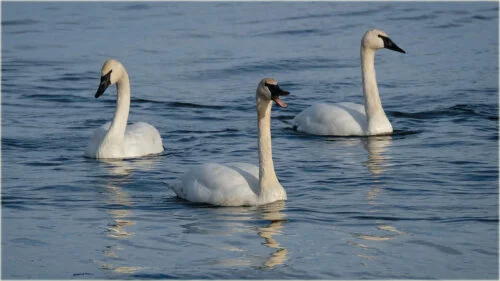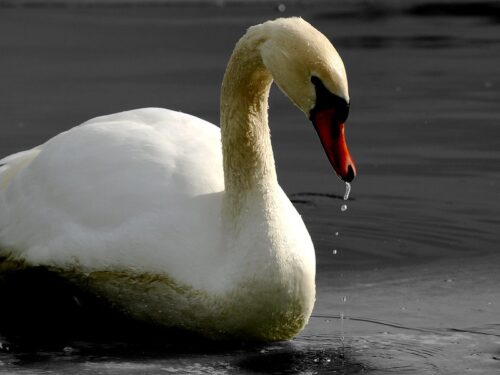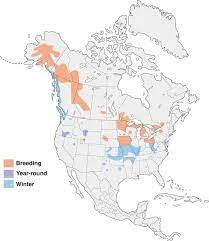Dive into the captivating world of the world’s largest waterfowl, the trumpeter swan!
This awe-inspiring bird, with its elegant appearance, resonant call, and fascinating behavior, has captured the hearts of birdwatchers and nature enthusiasts alike. Discover where to spot this aquatic giant, explore fun facts, and learn about its conservation status in this lighthearted and informational journey into the world of the trumpeter swan.

When we think of waterfowl, we often envision the graceful glide of swans, the playful antics of ducks, or the remarkable migrations of geese. But have you ever wondered what the largest waterfowl in the world might be?
Get ready to be amazed by the trumpeter swan (Cygnus buccinator), a member of the Anatidae family and the proud bearer of the title for the largest waterfowl. These majestic and fascinating birds possess some truly remarkable traits that make them perfect for our nature-loving exploration today.
Appearance and Sound
The trumpeter swan is a truly magnificent bird, with a body length of 54 to 62 inches (137 to 158 centimeters) and a wingspan that can reach up to 10 feet (3 meters). This impressive waterfowl boasts elegant white plumage, with a long, sinuous neck and a black bill that contrasts strikingly with its feathers. The bill also features a thin, salmon-pink stripe along the mouthline, adding a touch of color to its appearance.
When it comes to vocalizations, trumpeter swans are famous for their resonant, trumpet-like calls, which give them their name. These calls serve various purposes, including communication between mates and family members, territorial defense, and even as a form of greeting.

Where can the Trumpeter Swan be seen?
The trumpeter swan’s range spans across North America, with breeding populations found in Alaska, Canada, and the northwestern United States. These magnificent birds can be found in a variety of wetland habitats, including marshes, ponds, lakes, and rivers. During the winter months, they migrate to milder climates, such as the Pacific Northwest and the Midwestern United States.

Diet and Behavior
The trumpeter swan’s diet primarily consists of aquatic vegetation, such as pondweeds, sedges, and water milfoil, which they forage by dipping their long necks into the water. They also occasionally consume small insects, mollusks, and crustaceans. During the winter months, they may feed on agricultural crops, such as grains and potatoes, when their preferred aquatic plants are less abundant.
Trumpeter swans are known for their strong pair bonds, often mating for life. They engage in elaborate courtship rituals that include synchronized swimming, head bobbing, and the iconic “triumph ceremony,” during which the pair face each other, wings raised, and trumpet loudly in unison.
Fun Fact
Here’s a fun fact for all you trumpeter swan enthusiasts! The trumpeter swan is not only the largest waterfowl but also one of the heaviest flying birds in the world. Adult males can weigh up to 38 pounds (17 kilograms), making their ability to fly long distances all the more impressive.
Conservation Status
Historically, trumpeter swans faced significant population declines due to overhunting and habitat loss. However, conservation efforts, such as reintroduction programs and habitat restoration, have helped their numbers rebound. Today, the trumpeter swan is classified as “Least Concern” by the International Union for Conservation of Nature (IUCN), but it is still essential to continue supporting conservation efforts and promoting sustainable practices to ensure their long-term survival and well-being.
Conclusion
The trumpeter swan, with its stunning appearance, awe-inspiring size, and melodious call, truly earns its title as the largest waterfowl in the world. Whether you’re a seasoned birdwatcher or a casual nature lover, the sight and sound of these majestic birds is always a delight.
So, the next time you venture into the great outdoors or explore a wetland area, keep an eye (and an ear) out for the trumpeter swan, and let their impressive presence remind you of the wonders of the natural world that exist even within our aquatic neighbors. Happy birdwatching!
